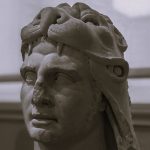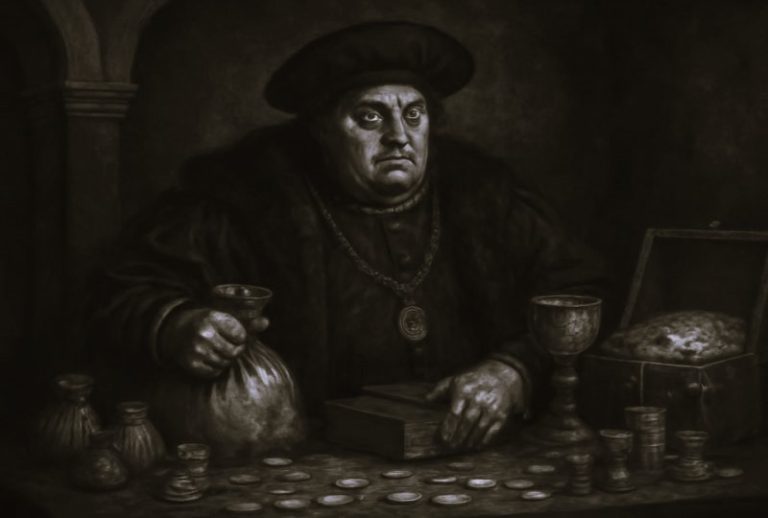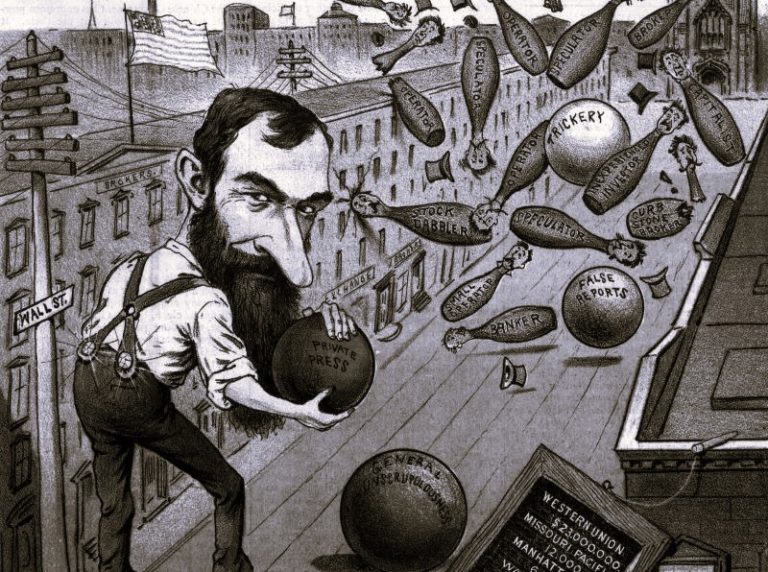


By Dr. Mary Wellesley
Research Affiliate
British Library
Introduction
The dream vision was a rich and varied form which was put to multiple uses in the Middle Ages, although it reached its peak of popularity in the late medieval period. Using a wide range of sources, from the Bible to Boethius, dreams afforded writers the opportunity to enter strange realms which bent the rules of time and space. The flexibility of the rules which govern the world of dreams meant that the form could be used for consolation, advisory literature, religious and philosophical explorations, courtly comedy, social critique, mystical experience or feminist polemic. Dream visions are, therefore, some of the most captivating works of the medieval period.
In the opening section of Geoffrey Chaucer’s Parliament of Fowls the narrator grumbles about the fickle nature of love, about its ‘miracles’ but also its cruelty. Attempting to alleviate this feeling of displeasure, he decides to read a book, remarking that just as new grain grows best in old fields, so too new knowledge must surely come from old books.
The book the narrator comes across is ‘the Drem of Scipioun’ [The Dream of Scipio] (l. 31),[1] one of the most influential works on medieval dream theory. It was written by ‘Tullius’, which is the medieval name for the Roman writer and orator, Cicero. After reading for some time, the narrator remarks:
The day gan failen and derke night
That reveth bestes from hir besynesse
Berafte me of my book for lak of light
And to my bedde I gan me for to dresse
Fulfild of thought and besy hevinesse (ll. 85–89)
[The day began to fail, and dark night
Which relieves beasts of their labours,
Took my book from me for lack of light
And I began to dress for bed
Filled full of thought and anxious fears]
The narrator falls asleep and dreams that Scipio ‘stood right at my bedes syde’ [stood right at my bedside].

This opening scenario has all the hallmarks of a dream vision – a literary form that was as popular in the Middle Ages as the novel is in our own time.[2] As the form was used in diverse ways throughout the period, which spans centuries, making generalisations about its characteristics can be hazardous. However, that said, we can draw some basic conclusions about what to expect when reading a dream vision.
Dream visions are usually narrative and generally written in verse. Often they describe a narrator falling asleep, which is known as the ‘frame narrative’. Very often, the narrator navigates this alien realm with the help of a trustworthy guide.
Medieval Dream Theory
How did medieval people understand dreams? The Bible was central to the medieval world view, and there are several descriptions of dreams in the Bible. In the book of Job, 33:14–18, we are told that:
God speaketh once, and repeateth not the selfsame thing the second time. By a dream in a vision by night, when deep sleep falleth upon men, and they are sleeping in their beds: Then he openeth the ears of men, and teaching instructeth them in what they are to learn. That he may withdraw a man from the things he is doing, and may deliver him from pride. Rescuing his soul from corruption
These verses suggest that God can appear in dreams. In much the same way, in the Book of Numbers, 12: 6–8, God says, ‘Hear my words: if there be among you a prophet of the Lord, I will appear to him in a vision, or I will speak to him in a dream’.
Gregory the Great (590–604) – the Pope who sent Saint Augustine on a mission to bring Christianity to Southern England in 597 – wrote a famous commentary on the biblical Book of Job, called Moralia in Job. In it, Gregory writes that, ‘the voice of God is indeed heard in dreams, when with a tranquil mind there is quiet from the action of this world and in this silence of mind divine precepts are perceived’. He goes on to advise, in a way that may chime with modern readers, that:
The ear of the heart is closed while the turbulence of terrestrial thoughts resounds, and the less the sound of tumultuous cares is silenced in the secret inner part of the mind, the more the voice of the presiding judge is not heard.
In other words … Gregory urges a calm and contemplative mood to allow the presence of God to enter the mind during dreams.
Another important text for understanding dreams in the Middle Ages was a commentary on Cicero’s Dream of Scipio (the text mentioned at the start of Chaucer’s Parliament of Fowls). This commentary was written by Macrobius, the Roman grammarian and philosopher (fl. c. 399–422 CE). His commentary was popular for its categorisation of dreams. He wrote that there are five types: the ‘enigmatic dream’ (somnium in Latin), prophetic vision (visio), the oracular dream (oraculum), nightmare (insomnium) and the apparition (visum). Macrobius said that the enigmatic dream was difficult to interpret, that it was ‘one that conceals with strange shapes and veils’. He described the oracular dream as one in which ‘a parent or a pious or revered man or a priest or even a god clearly reveals what will or will not transpire and what action to take or avoid’. A prophetic dream, according to Macrobius, was one which showed events which would come true. The final two types – nightmares and apparitions – Macrobius dismissed as unimportant, noting in the case of nightmares that they were ‘caused by mental or physical distress, or anxiety about the future’, while apparitions were experienced in between sleeping and wakefulness.
According to Macrobius’ scheme, medieval people probably viewed dreams very differently from the way we view dreams today. For a medieval person, a dream could be an encounter with the divine, it could advise you on what course of action to take, or it could be a prophecy. The dream world was a place where truth was revealed and it is because of this that dreams provided such rich material for medieval writers.
Different Uses of the Dream Vision

The anonymous late 14th-century poem Pearl uses the dream vision to reflect on the nature of grief and loss. The narrator is a jeweller who is searching in a garden for a lost pearl. In this garden he falls asleep and has a vision of a magical place containing a stream which flows over jewelled rocks. The poem culminates in a vision of the Heavenly Jerusalem from the book of Revelation, the final book of the Bible. In the poem, the trustworthy guide is transfigured. Instead of a wise old man as we find in the Dream of Scipio, the guide is a maiden who the dreamer realises is the daughter he lost when she was two years old. This dream vision falls into several of Macrobius’ categories – it is an experience of the divine, perhaps it is prophetic dream and it is certainly enigmatic.

John Gower’s Confessio Amantis (The Lover’s Confession) is a little like Pearl in that it uses the dream vision as a vehicle for a poem of consolation. The narrator is a lover (called Amans) who is pained with woe. It is May and he sets out on a walk, feeling far from his beloved. He wonders into a wood, where he cries out to Cupid. At this point the character of Genius appears, who is the chaplain of Venus. The narrator makes a confession to Genius, asking that he be absolved of his sins against love. Genius delivers a kind of sermon to Amans which he illustrates with exemplary tales.

The earliest dream vision in the vernacular is the Old English Dream of the Rood which survives in both the Vercelli Book – a manuscript in the Biblioteca Capitolare in Vercelli in North Italy – and as a fragment carved in runes on the Ruthwell Cross, an 8th-century stone cross in the Scottish borders.

The poem describes a ‘swefna cyst’ [a marvellous dream] in which the narrator sees the ‘wuldres treow’ [the tree of glory], which is ‘gimmas stodon’ [studded with jewels]. In the dream this tree begins to speak, revealing that it is the tree that was cut down to make the cross on which Christ was crucified.
Dream Visions with a More Political Purpose
Pearl and The Dream of the Rood are religious texts which explore aspects of Christian theology and spirituality. The final three examples, which all date from the end of the 14th century or the early 15th century, show how the dream vision could be used for political or ideological ends (even if – in the case of Piers Plowman – they were religious in nature). The Regiment of Princes by Thomas Hoccleve is roughly contemporary with Gower’s Confessio. It was written at the beginning of the 15th century and it uses the dream vision as a ‘Fürstenspiegel’ which means ‘mirror for princes’. These were works of advisory literature that were written usually for royal patrons and gave advice on good governance.

Christine de Pizan also made use of the dream vision. Christine was a writer at the court of Charles VI of France. She was disheartened by what she saw as the misogyny of much court literature, especially the famous French dream vision The Romance of the Rose. She decided to write a work which would treat women in a more positive light. In The Book of the City of Ladies, Christine imagines falling asleep and being visited by three personified virtues – Reason, Rectitude and Justice – who arrive and tell her that she has been chosen by God to set the record straight about women. They direct her to build a metaphorical city which will house a group of worthy heroines and protect women against attack. In Christine’s hands, the dream vision becomes a stirring feminist polemic.
Christine’s use of personified virtues was inspired by The Consolation of Philosophy by the 6th-century Roman philosopher, Boethius. In the Consolation the narrator is visited by the personification of philosophy – Lady Philosophy. The Consolation was itself an influential dream vision which was popular throughout the Middle Ages. There is an Old English translation of it attributed to King Alfred, as well as a Middle English one by Geoffrey Chaucer.

Our final dream vision is the famous Middle English poem, Piers Plowman by William Langland. The text was revised at least three times by the poet. In the first part, the narrator Will meets a character called ‘Holi Chirche’ [Holy Church]. He asks her to ‘teche me’ [teach me], ‘How I may save my soule’ [How I may save my soul], which is the poem’s apparent purpose. But, the work is also politically engaged, containing a plea for reform of the church.

In Geoffrey Chaucer’s great tale of doomed love, Troilus and Criseyde, the character of Pandarus advises the ill-fated Troilus that,
For prestes of the temple tellen this,
That dremes ben the revelatiouns
Of goddes, and as wel they telle, ywis
That they ben infernals illusiouns
And leches seyn that of complexiouns
Proceden they, or fast, or glotonye
Who woot in soth thus what thei signifie?
[For priests of the temple tells us this,
That dreams be the revelations
Of gods, and they also tell us
That they are hellish illusions
While doctors say that they’re effusions
Brought on by fasts or gluttony
But, really, who’s to say what they signify?] (V, ll. 365–71).
Pandarus captures the multiple meanings that dreams could have for medieval people, but also touches up against their enduring appeal as a literary form. ‘Who woot in soth thus what thei signifie? [who’s to say what they signify?]: dream visions ask us to read them and re-read them, again and again, because so often their enigmatic meaning escapes us, even as they delight us in the process.
Endnotes
- Quotations are from The Riverside Chaucer, ed. by Larry D Benson (gen. ed.), 3rd edn. (Oxford: Oxford University Press, 1988, repr. 2008).
- A C Spearing, Medieval Dream-Poetry (Cambridge: Cambridge University Press, 1976), p. 2.
Originally published by the British Library, 01.31.2018, under the terms of a Creative Commons Attribution 4.0 International license.






